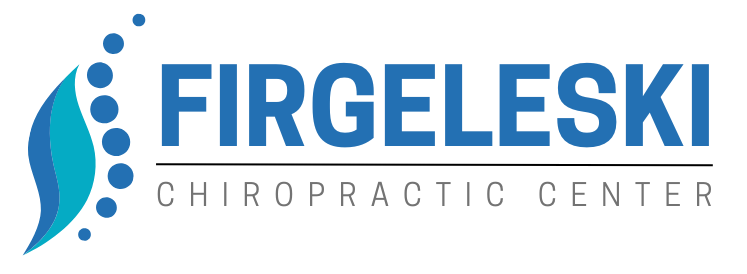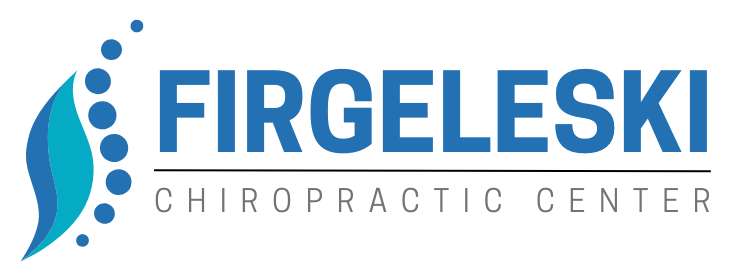Segmental Decompression Using the Anatomotor in Chiropractic Care
Segmental decompression therapy, particularly when performed using the Anatomotor, is a sophisticated chiropractic treatment designed to relieve spinal pressure, enhance circulation, and promote healing in specific segments of the spine. This therapy is particularly beneficial for patients with disc degeneration, herniations, and general back pain. The Anatomotor is a specialized table equipped with features that allow for targeted spinal traction and decompression.
Overview of Segmental Decompression with the Anatomotor
The Anatomotor has been a staple in chiropractic and therapeutic settings for its ability to provide both traction and massage. Designed to target specific segments of the spine, it gently stretches the spinal joints and muscles, creating space between the vertebrae. This space helps to alleviate pressure on the discs, allowing them to receive more nutrients and improve, thus reducing pain and promoting better spinal health.
How It's Performed
- Patient Assessment: The chiropractor first conducts a detailed assessment to determine the patient’s suitability for segmental decompression and to identify the specific spinal segments that need attention.
- Setting Up the Anatomotor: The patient lies face up on the Anatomotor table with their knees bent, which is then adjusted based on the patient’s height and the specific spinal area to be treated.
- Application of Decompression: The table is activated to initiate the traction mechanism. It gently stretches the spine segmentally, which means that each section of the spine can be targeted individually for decompression. This controlled, gradual stretching helps to alleviate pressure on the discs and nerves.
- Integrated Massage: Simultaneously, the Anatomotor may provide a rolling massage along the spine, enhancing muscle relaxation and improving circulation, which supports the healing process.
Benefits of Segmental Decompression with the Anatomotor
- Targeted Relief: By focusing on specific segments of the spine, this method can effectively address localized problems, providing relief where it is most needed.
- Reduced Disc Pressure: Decompression helps to reduce the pressure on spinal discs, which can alleviate pain from herniations and degenerative disc disease.
- Increased Mobility: Patients often experience improved spinal flexibility and range of motion following treatment.
- Enhanced Healing: Improved circulation from the decompression and massage helps to speed up the recovery process by delivering more nutrients to the affected areas.
Ideal Candidates for Segmental Decompression with the Anatomotor
This treatment is particularly effective for patients with:
- Sciatica or other nerve compressions.
- Herniated or bulging discs.
- Lower back pain or neck pain.
- Stiffness or chronic pain due to degenerative disc disease.
Safety and Considerations
Segmental decompression using the Anatomotor is generally safe when performed by a trained chiropractor. However, it is not suitable for everyone. Patients with severe osteoporosis, spinal infections, spinal tumors, or certain types of fractures should not undergo this treatment. As with any chiropractic therapy, a thorough evaluation is essential to ensure the safety and efficacy of the treatment for each individual.
Conclusion
Segmental decompression using the Anatomotor offers a non-invasive alternative to relieve spinal pressure, reduce pain, and promote healing in targeted areas of the spine. By combining traction with therapeutic massage, the Anatomotor provides a comprehensive approach to spinal care, making it a valuable tool in the chiropractic treatment arsenal. For patients seeking relief from chronic back issues and spinal discomfort, segmental decompression can be a critical component of a holistic treatment plan.


